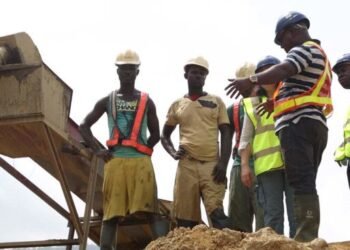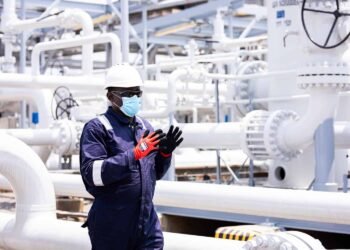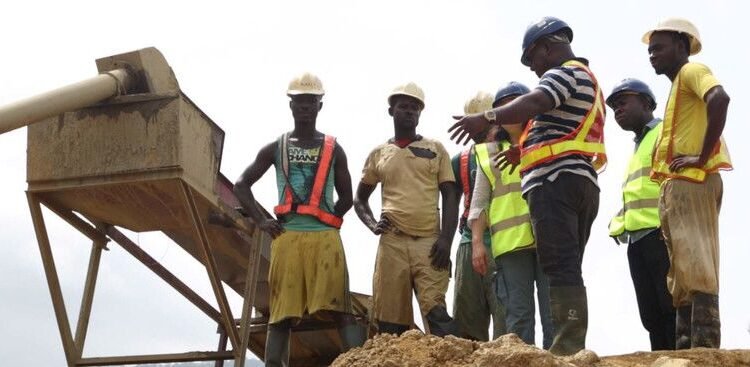Motorists and households are bracing for higher fuel costs in the second half of September, as the Chamber of Oil Marketing Companies (COMAC) projects a new round of price hikes driven by international market dynamics and the continued depreciation of the Ghana cedi.
According to COMAC’s Market Outlook for September 16–30, 2025, petrol, diesel, and liquefied petroleum gas (LPG) will all see increases at the pumps, with ex-pump prices projected to rise between 2% and 6%.
The Chamber attributes the pressure to both higher international petroleum product prices and a weaker local currency.
“Petrol prices are expected to increase by between 3.66% and 5.85%, diesel by 2.23% to 4.32%, and LPG by 2.12% to 4.17%.
“The recent depreciation of the cedi remains a key driver of these projected increases, leaving Ghana highly vulnerable given its reliance on imported petroleum products.”
COMAC’s Oil Market Outlook
Cedi Depreciation Deepens
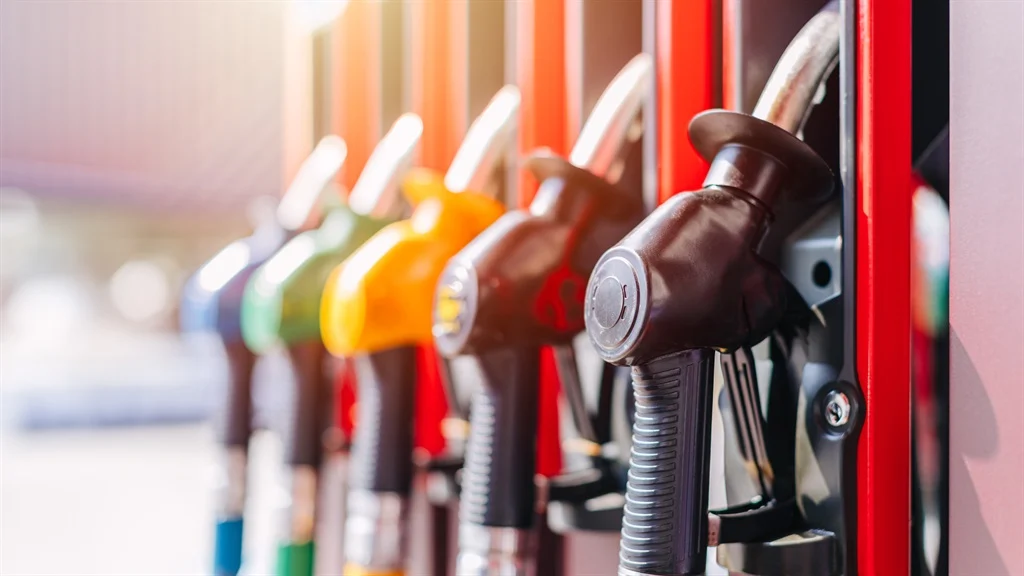
The cedi has been under renewed pressure, falling from GHS11.20 to GHS12.07 per dollar in the past two weeks a 7.76% decline, bringing its year-to-date loss to over 14%, one of the sharpest globally. Bloomberg data cited in the report described Ghana’s currency as one of the weakest performers this year.
“The depreciation of the cedi contributes significantly to the increment in pump prices.
“While international crude fell slightly, the local currency’s weakness wiped out any potential relief.”
COMAC’s Oil Market Outlook
The Chamber stressed that with the festive season approaching, demand for dollars to finance imports is likely to keep the cedi under strain, further threatening fuel price stability.
On the global front, crude oil prices showed mixed movements. Brent crude slid 0.41% to settle at $67.39 per barrel, but refined product prices moved in the opposite direction. Petrol rose 2.52%, diesel 4.12%, and LPG 2.69% between early and mid-September.
OPEC+ production has risen by 1.5 million barrels per day since the first quarter, though still short of the group’s 2.5 million bpd target. Meanwhile, global supply reached a record 106.9 million bpd in August, keeping crude prices relatively stable in the $62–$68 range.
New Levies Add Pressure
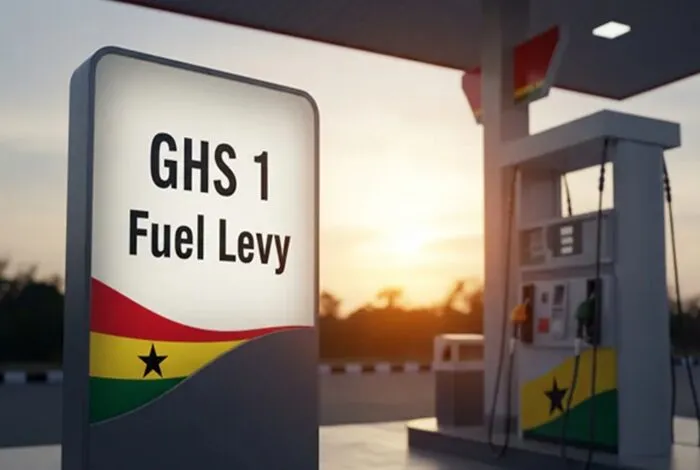
The price build-up has also been affected by tax and levy adjustments under the Energy Sector Levies (Amendment) Act, 2025 (Act 1145), which took effect on September 1.
Among the changes, the Energy Sector Shortfall and Debt Repayment Levy (ESSDRL) on marine gas oil (MGO–Local) has been increased, while new Road Fund and Energy Fund levies have been introduced.
In total, taxes, levies, and regulatory margins now account for 26% of the ex-pump price, with marketers’ margins at 4% and the ex-refinery component making up 70%. “Every extra pesewa on levies translates into direct increases in pump prices,” COMAC emphasized.
Ex-Pump Projections
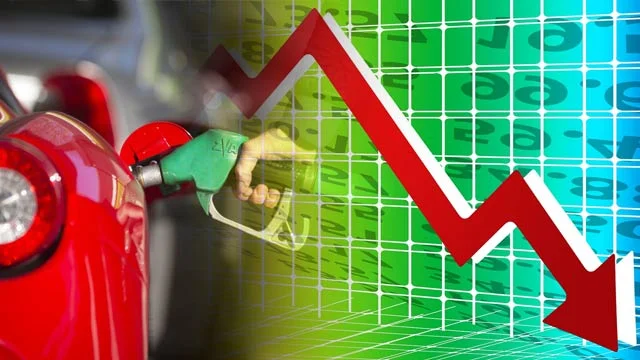
Based on current trends, COMAC projects average ex-pump prices for the second pricing window as follows: petrol is expected to range between GHS14.17 and GHS14.47 per litre, diesel between GHS14.67 and GHS14.97 per litre, and LPG between GHS14.95 and GHS15.25 per kilogram.
Floor prices, the minimum below which OMCs cannot sell, were also revised upward to GHS11.74 for petrol, GHS12.04 for diesel, and GHS9.66 for LPG, representing increases of 6–8% from the last window.
Data from the first seven months of 2025 shows overall petroleum product consumption rising by 18.48% year-on-year. Petrol consumption increased by 7%, diesel by 19%, and LPG by 22%, reflecting higher demand across households and businesses.
The market remains competitive, with Star Oil, Goil PLC, and Vivo Energy retaining top shares in petrol and diesel sales, while Annandale, First Gas, and Manbah Gas dominate LPG distribution.
With global product prices firming and the cedi under pressure, analysts caution that consumers should prepare for further price hikes in the weeks ahead.
COMAC warned, “Barring an immediate recovery in the cedi, pump prices are likely to keep climbing into October,” adding that government’s policies to stabilize the local currency and manage levies would be critical in cushioning households.
For now, Ghanaians will continue to feel the pinch at the pumps as higher transport and production costs feed into broader inflationary pressures.
READ ALSO: Market Cheers as Ghana’s Treasury Auction Breaks Four-Week Drought with 15.8% Oversubscription




